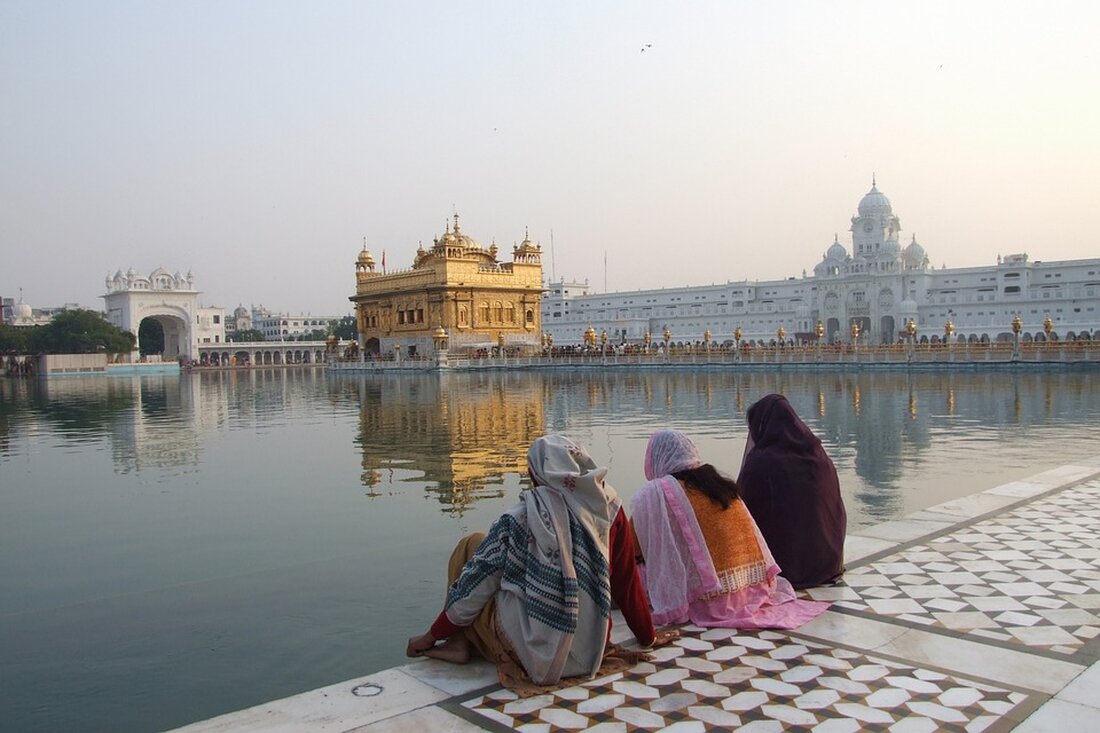India: Spiritual Tourism is Booming – A Blessing or a Curse?
Discover the spiritual tourism boom in India: pilgrimages, Kumbh Mela and their impact on the economy and environment.

India: Spiritual Tourism is Booming – A Blessing or a Curse?
Spiritual tourism in India is booming and is increasingly becoming an important economic factor. Every year millions of believers make pilgrimages to holy places such as Santiago de Compostela, Rome, Mecca and Kathmandu. India's cities, particularly Varanasi, Rishikesh, Ayodhya and Prayagraj, are increasingly attracting tourists seeking spiritual fulfillment. The Kumbh Mela, the largest religious festival in the world, was last held in Prayagraj in early 2025, where around 400 million people took part in this magnificent event. This is considered spectacular as it involves taking ritual baths in rivers at four holy places like Prayagraj, Haridwar, Nashik and Ujjain to be cleansed from sins.
The Indian government has recognized that the spiritual tourism sector holds enormous potential. Through targeted investments in infrastructure, hospitality and real estate, the government aims to establish India as a leading pilgrimage destination. Spiritual tourism already accounts for 60 percent of domestic travel in India. Investors and tourists are attracted to pilgrimage sites, resulting in high demand for new hotels, resorts and wellness facilities. In Ayodhya in particular, $10 billion was invested in the Ram Mandir Temple to create a new spiritual center. This not only has positive economic aspects, but also raises critical questions regarding the commercialization of sacred sites, as this often leads to the displacement of local populations and increasing property prices.
Environmental issues at the Kumbh Mela
The holding of the Maha Kumbh Mela in Prayagraj is another example of the powerful appeal of spiritual events. This six-week event, which takes place every twelve years, has already attracted over 520 million people this year, which equates to more than ten million visitors per day. But this huge number of visitors also brings with it serious environmental problems. The Central Pollution Control Board of India reported high levels of coliform bacteria at the confluence of the Ganges and Yamuna, indicating fecal contamination.
In view of these environmental problems, spiritual and religious authorities have gathered for the first time to discuss how to deal with the consequences of climate change. Swami Mukundananda emphasizes the need to protect nature to preserve the Ganges and Yamuna rivers. Religious organizations are increasingly committed to sustainable practices to protect the environment. This discussion takes place as part of the Faith for Earth initiative, launched in 2017 by the United Nations Environment Program. It aims to involve religious communities in achieving the UN Sustainable Development Goals.
The compatibility of faith and sustainability
Religious leaders have committed to promoting environmentally friendly practices among their followers. This includes strategies for the use of renewable energy and waste management. This commitment shows that it can be possible to combine faith and environmental awareness and support more political change. Climate change is bringing extreme weather events that threaten food, water and energy security in India.
However, the connection between faith, politics and tourism raises complex questions. Projects like the Ram Mandir Temple serve not only for religious attraction but also for nationalistic self-aggrandizement by the government, fueling public debate about the true meaning of such initiatives. Although religious dynamics in India often remain in the background, especially in the international context, they are gaining global visibility.
Given these developments, it remains to be seen how India will deal with the challenges and opportunities presented by the spiritual tourism sector and what steps will be taken to ensure a sustainable future.

 Suche
Suche
 Mein Konto
Mein Konto